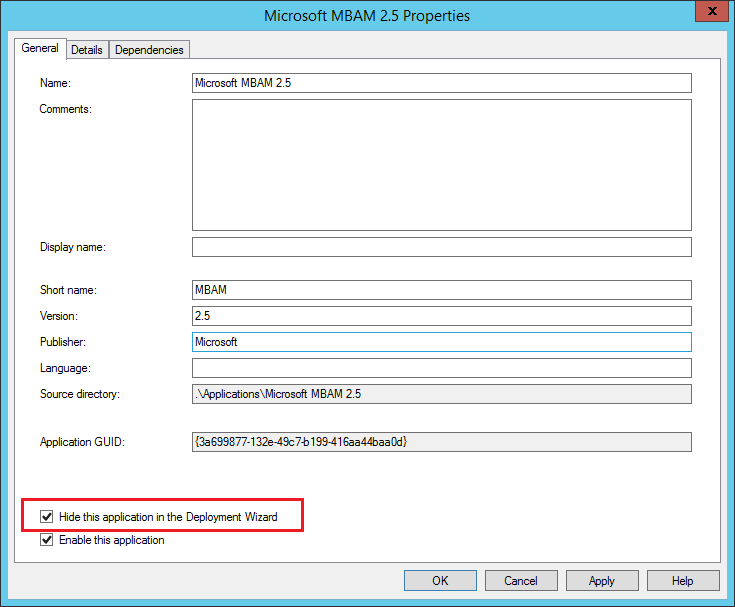

$TPM = Get-WmiObject -Class Win32_TPM -EnableAllPrivileges -Namespace 'root\CIMV2\Security\MicrosoftTpm' -ErrorAction Stop Write-Output 'SCCM client is NOT installed on this computer' Write-Output 'SCCM client is installed on this computer but NOT running' Write-Output 'Verified SCCM client is installed and running on this computer'

$SCCM = Get-Service -Name 'CCMEXEC' -ErrorAction Silentl圜ontinue #region Is SCCM client installed and running Write-Output "OS on this computer is NOT Enterprise edition: $OSCaption, which does NOT meets MBAM requirement." Write-Output "OS on this computer is Enterprise edition: '$OSCaption', which meets MBAM requirement." $OSCaption = (Get-WmiObject -class Win32_OperatingSystem).Caption Write-Output "Testing computer '$env:COMPUTERNAME' for MBAM requirements:" Yes, I put together a PowerShell script to check for client requirements:

Powershell: Learn it before it's an emergency Sam Boutros, Senior Consultant, Software Logic, KOP, PA (Please take a moment to Vote as Helpful and/or Mark as Answer, where applicable) _ On the Windows 10 client shows drive c: still not encrypted: However, running the command manage-bde.exe -status c: The GPO has the 'number of noncompliance grace period days for operating system drives' set to 0 days, meaning it should encrypt c: drive immediately. The GPO is linked to a 'Pilot' OU, and the Windows 10 client computer AD object is in this 'Pilot' OU. It's showing events 19 and 1 which indicate successful connection to the MBAM Recovery and Hardware service, and that the MBAM (Group) Policies were successfully applied. The Windows 10 laptop also looks fine with noĮrrors in event logs. The MBAM server seems properly configured and showing no errors in event logs. This is a new MBAM 2.5 environment with MBAM server running on Server 2012 R2 VM, and testing with a Windows 10 client computer.


 0 kommentar(er)
0 kommentar(er)
